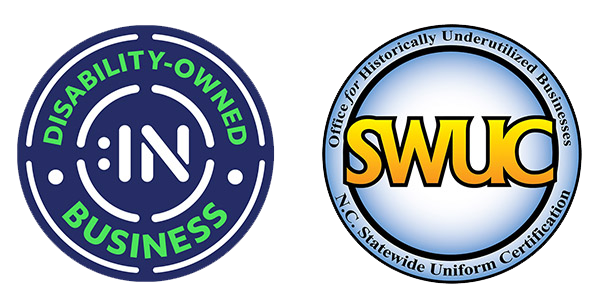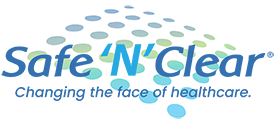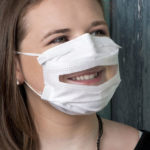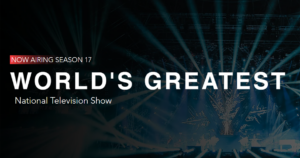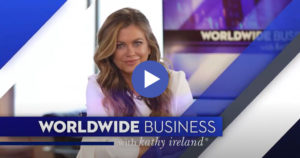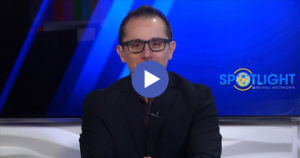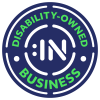Silent Perspectives: Amplifying Awareness and Embracing Inclusion
September 13, 2023 2023-09-13 9:53Silent Perspectives: Amplifying Awareness and Embracing Inclusion
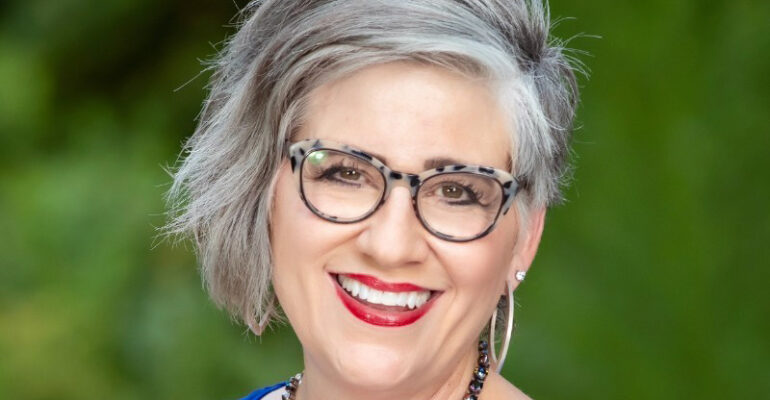
Silent Perspectives: Amplifying Awareness and Embracing Inclusion
Doctors diagnosed Karen Dortschy with Stage 4 Pancreatic Cancer earlier this year. The diagnosis meant Karen would be spending a lot of time in and out of the hospital as well as numerous doctors’ office visits. As a profoundly deaf person, she found the visits challenging. While Karen has two cochlear implants that help her hear, she still relies heavily on lip reading. The doctors and nurses treating her though, are required to wear medical face masks, making lip reading impossible.
Unable to remove their masks because of hospital policies, she could not read her practitioner’s lips. Fortunately, Karen had several Communicator™ Masks with her. “I had luckily ordered a couple of boxes of Safe’N’Clear masks for my own home so that when visitors would come, they could wear them.” Dortschy said, “I was kind of angry to have to hand them out to these people who were working with me, but at that point, it was my only choice.”
Many Practitioners Choose Clear Communication
While most of her practitioners use traditional face masks, Karen was relieved to find out that her oncologist at Levine Cancer Institute had face masks with a clear window. “The first time I met him, I told him I was hearing impaired, that I had cochlear implants,” She remembered, “he rushed over to some storage room where he found a mask with a window in it.”
Dortschy points out, the clear face mask was a tremendous help. Not only was she able to better understand her doctor during their conversations, but she did not have to provide the medical product to make understanding possible. “Every time I have been seeing my oncologist, which is every two weeks, he of course now remembers and comes into the room with a mask that has a window in it,” Dortschy said.
International Week of the Deaf (IWDeaf), a globally observed annual event, is a poignant reminder of the unique challenges faced by deaf and hard-of-hearing people. IWDeaf provides a platform for the deaf community to come together, share their stories, and advocate for their rights. A time of celebration and a call to action to address barriers and discrimination that the deaf and hard of hearing often encounter drives IWDeaf.
Why is IWDeaf Important?
- Advocacy and Inclusivity: IWDeaf plays a pivotal role in advocating for the rights of the deaf and hard-of-hearing community. Shining a spotlight on issues such as access to education, employment opportunities, and equal participation in society. By promoting inclusivity, IWDeaf aims to break down societal barriers and empower individuals leading fulfilling lives.
- Cultural Celebration: Deaf culture is a vibrant tapestry of shared experiences, language, and traditions. IWDeaf allows us to celebrate deaf culture. This includes the contributions of deaf and hard-of-hearing people to art, language, sports, and various other fields.
- Awareness and Education: Many people are unaware of the challenges faced by the deaf and hard of hearing. IWDeaf serves as an educational platform, fostering understanding and empathy. This week serves as a platform to encourage the broader community to learn more. Raising awareness about sign language and other communication methods used by the deaf.
How Raising Awareness Can Improve Lives
Raising awareness about the experiences of the deaf and hard of hearing is a crucial step toward fostering a more inclusive society. Karen Dortschy knows firsthand the importance of drawing attention to the challenges she and others face. “I know that I have to advocate for myself, and I think in all cases, regardless of any needs that somebody has, making it known right out of the starting gate is really important.”
Ways increased awareness can make a difference:
- Accessible Communication: When people understand the diverse communication needs of the deaf and hard of hearing, they can make efforts to accommodate those needs. Accommodations might involve learning sign language and using captioning services. Practioners can improve lip reading by using a clear face mask like The Communicator™ and being patient during conversations.
- Equal Opportunities: Awareness can lead to changes in policy and workplace environments. Deaf and hard-of-hearing individuals are ensured to have equal access to education and employment opportunities. Equal access can lead to a more diverse and skilled workforce.
- Debunking Myths: Awareness campaigns can dispel common misconceptions about deafness. For example, many assume that all deaf people can lip-read or that sign language is a universal language. In reality, there is a wide spectrum of experiences within the community, and awareness can help clear up these misunderstandings.
- Support and Inclusivity: Awareness of the challenges the deaf and hard of hearing face can lead to more support from individuals and organizations. Inclusive environments improve the mental health and overall well-being of members of the community.
Dortschy says those with hearing loss need to be proactive. They need to ask for what they need and not assume everyone knows. “When there is an opportunity to share with people about challenges with hearing loss or what they can do to make it easier for me and other people, I’m very much outspoken about that.”
She points out to all her practitioners that deaf and hard-of-hearing patients need clear face masks. “Masks, like Safe’N’Clear, that are readily available to them in their own stock rooms, so that if somebody says, I do not hear well, that they have one at their disposal to grab.”
International Week of the Deaf serves as a vital reminder to celebrate diversity. Every individual, regardless of their hearing abilities, deserves the same rights and opportunities. By raising awareness about the challenges faced by the deaf and hard-of-hearing community, we can work together to create a more inclusive and equitable world for all.
Purchase Online
Featured Deaf Leader
Recent Articles
